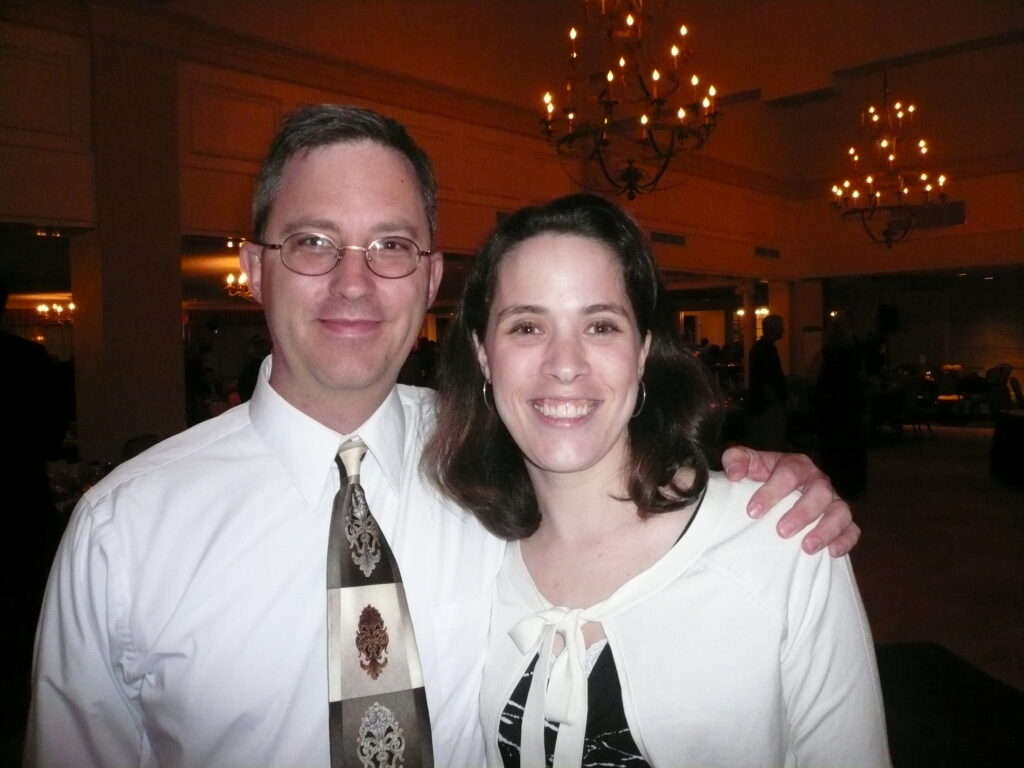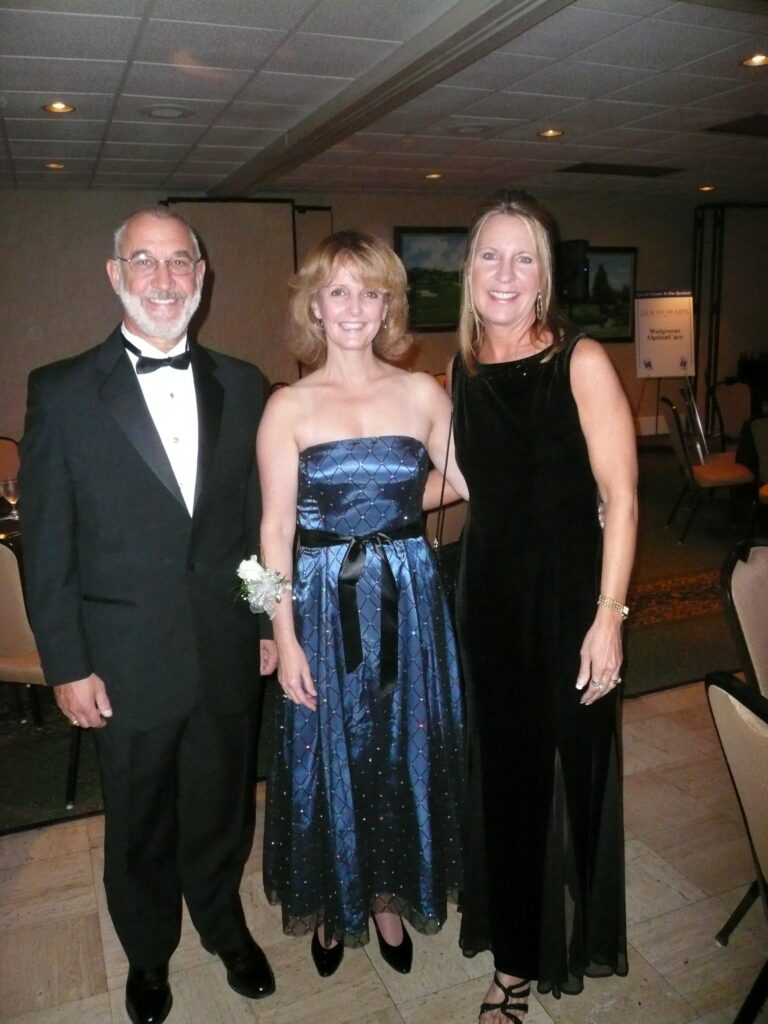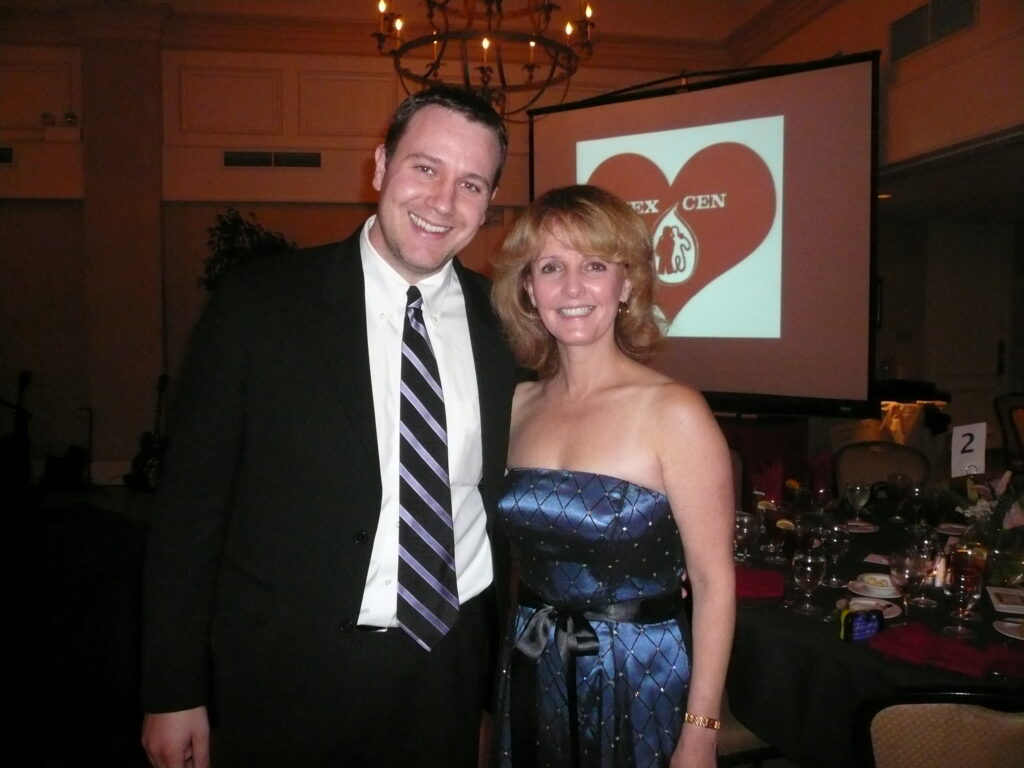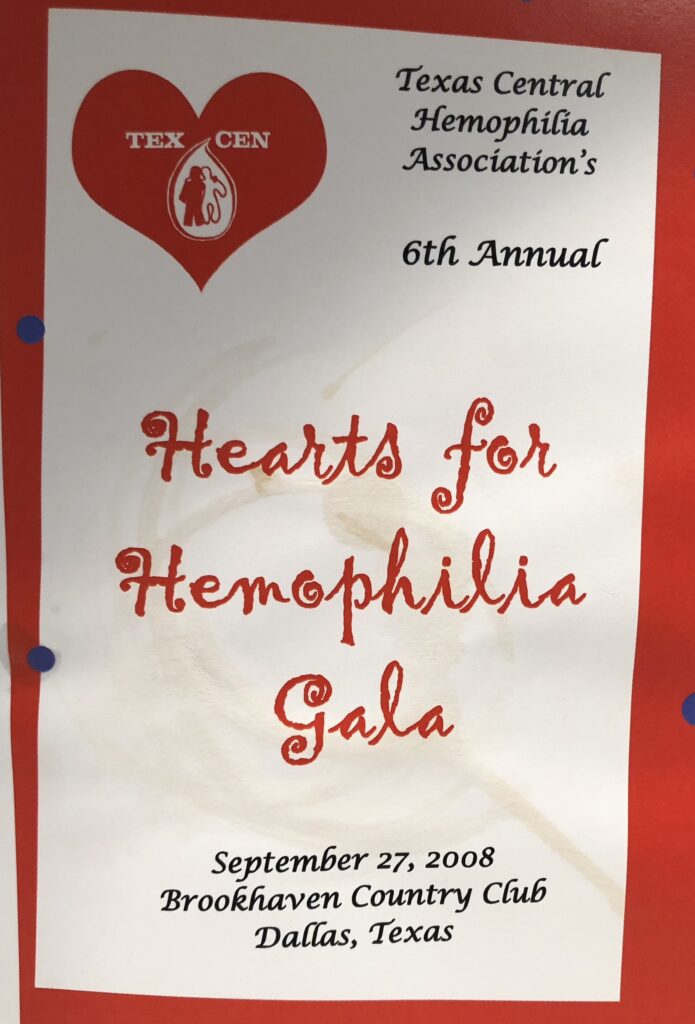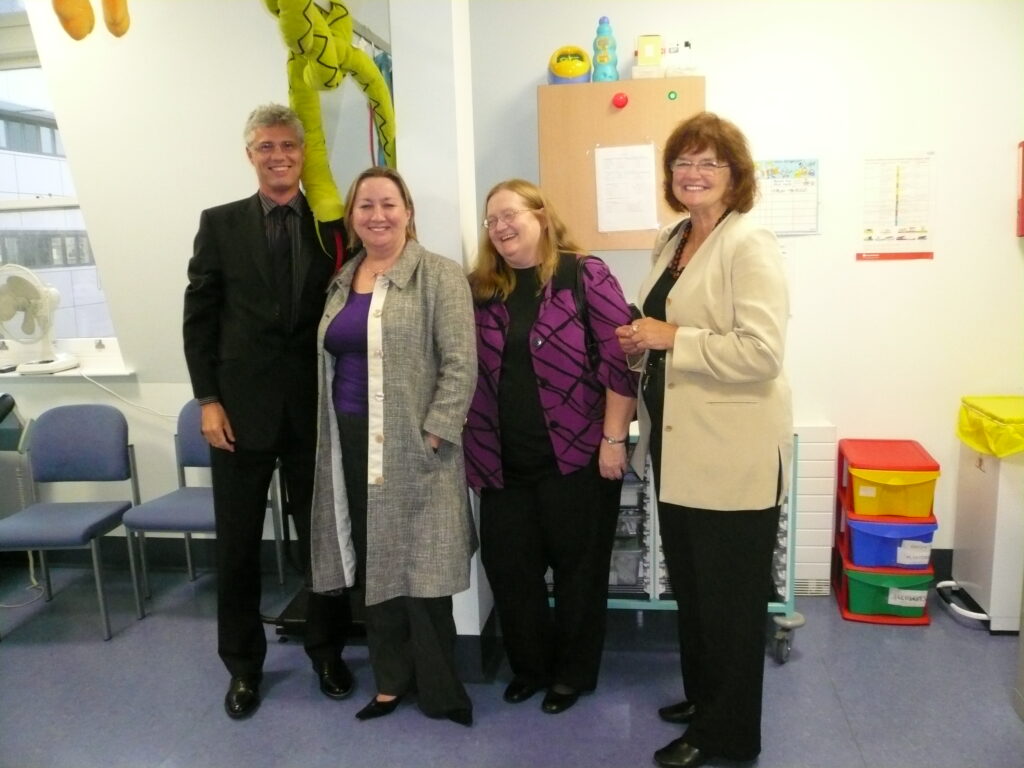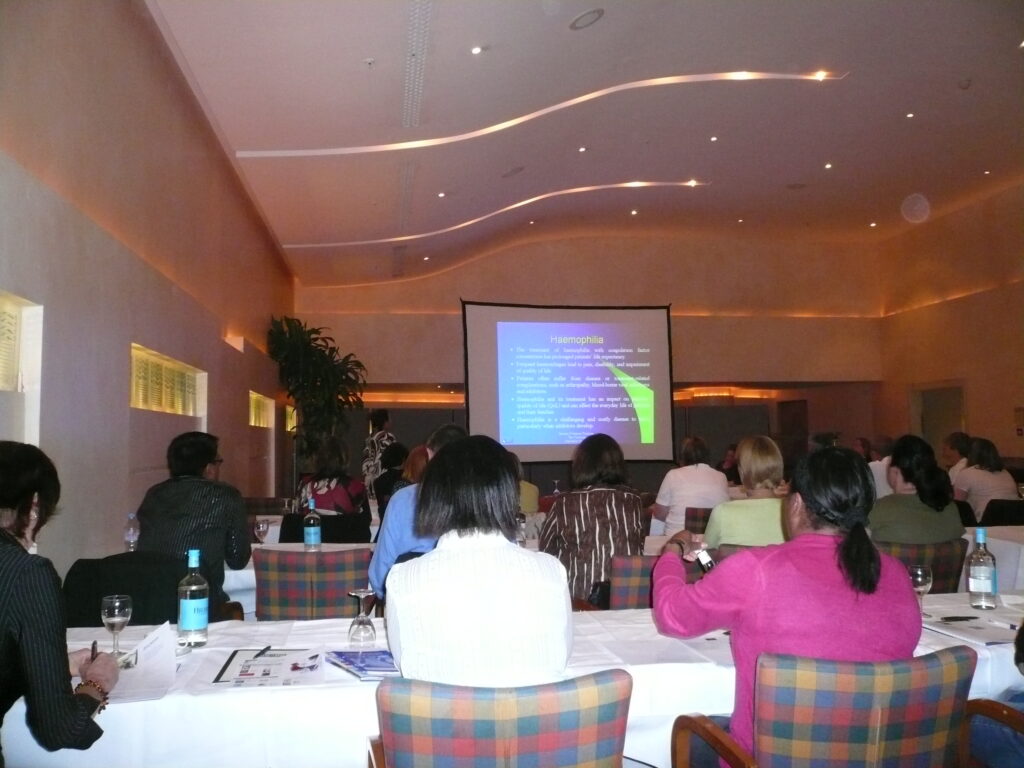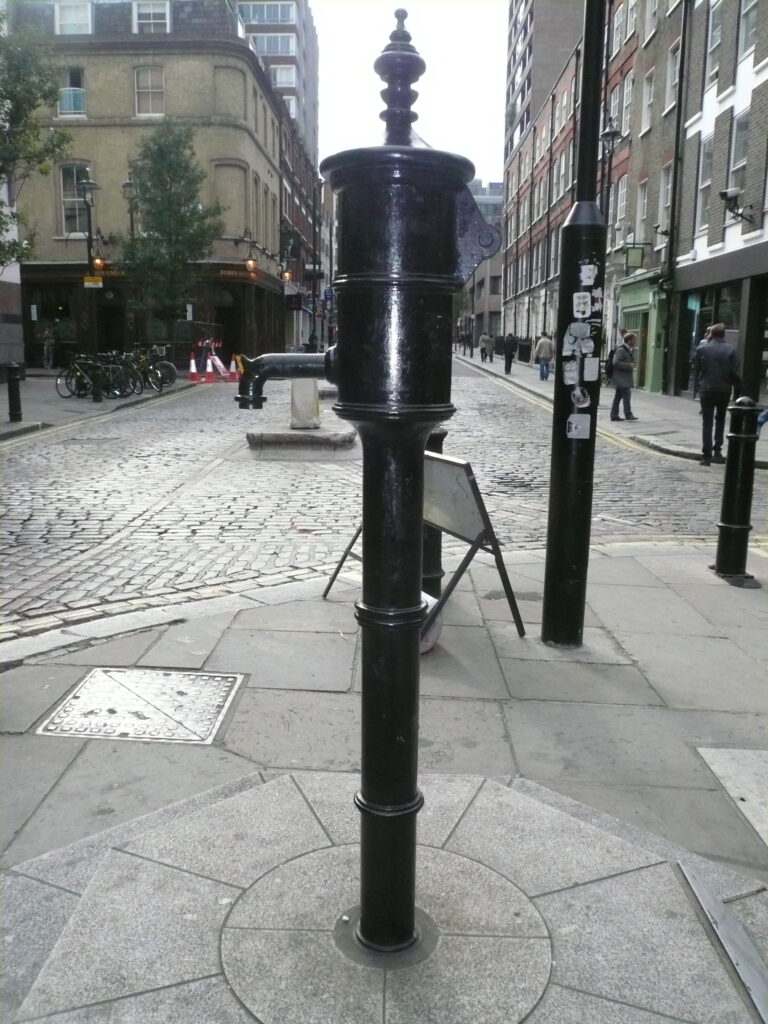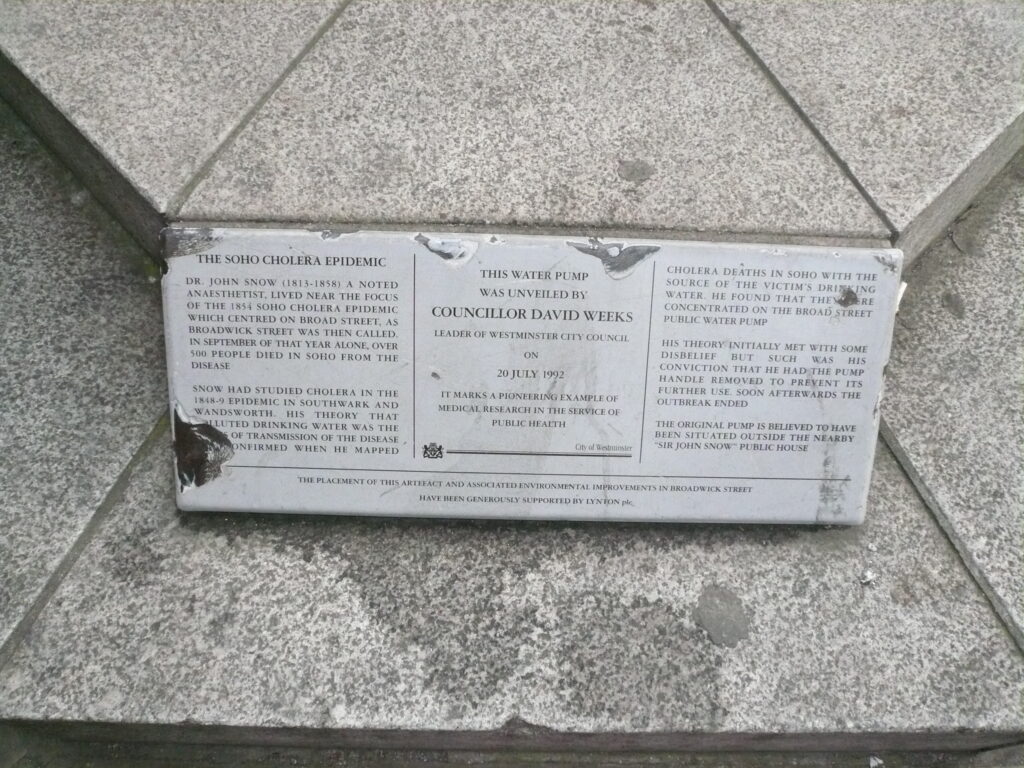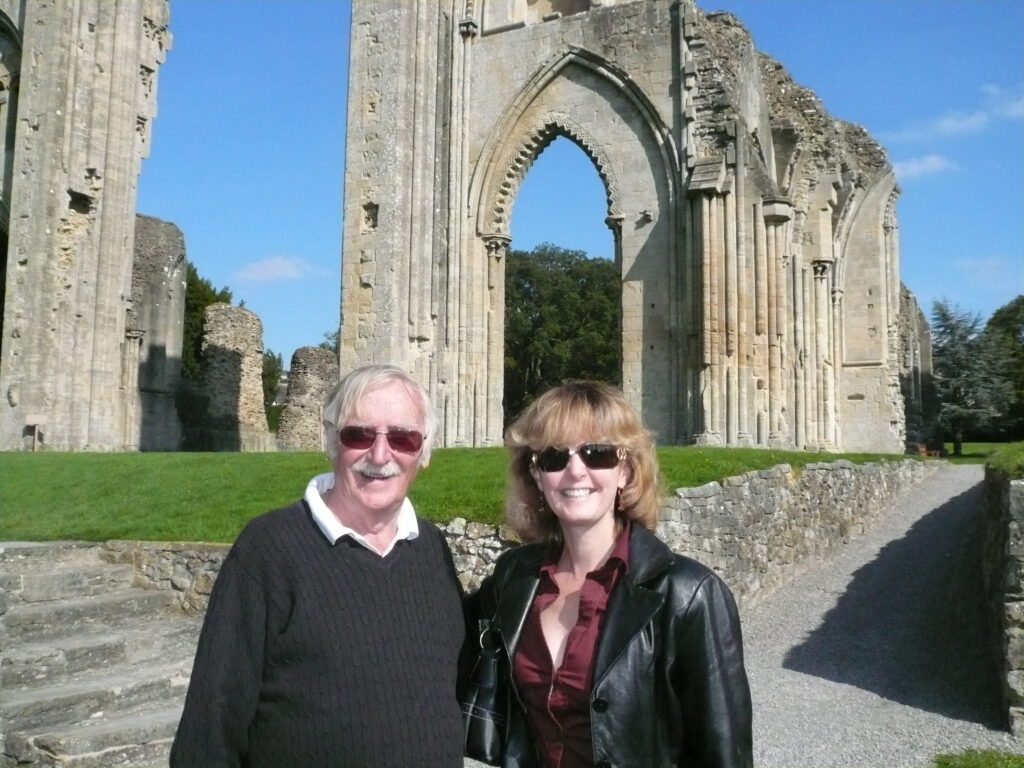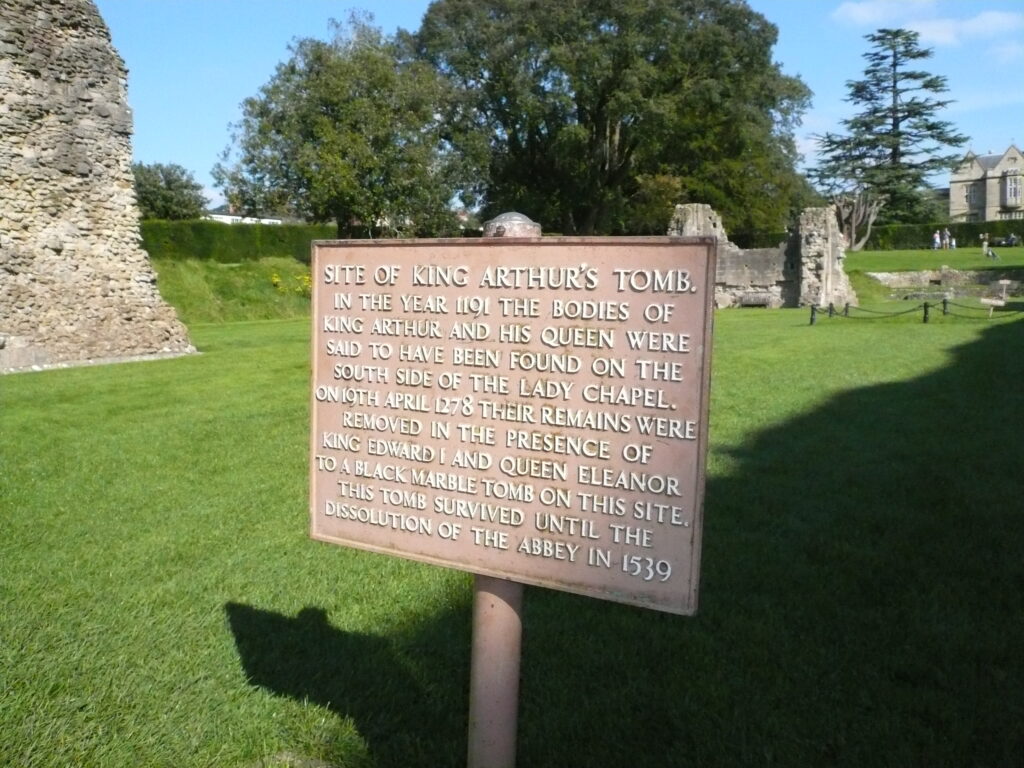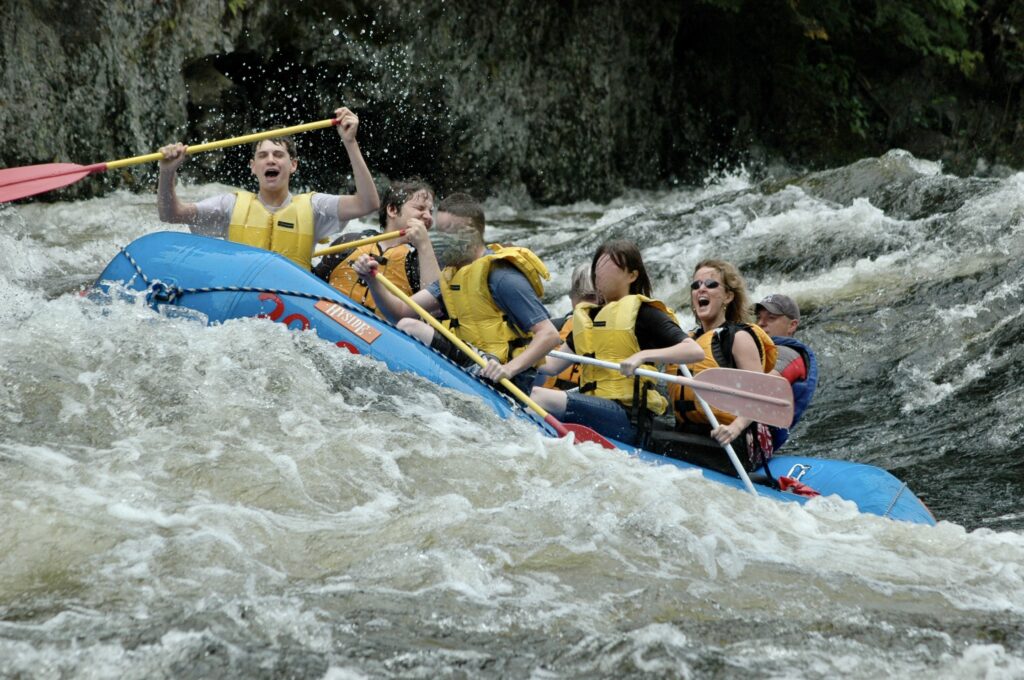Fund Raising Dallas Style
Yesterday I enjoyed western hospitality at the Hearts for Hemophilia gala fundraising event hosted by the Texas Central Hemophilia Association. I was greeted at the airport by long time friend Andy Matthews and his 2 year old son Keeton. What a change from London! If you’ve never been to Dallas, it’s easy to describe: hot, flat and big! Big buildings, monumental, and very friendly people. They treat guests well!
The event was spectacular. About 200 people showed up in black ties, cocktail dresses and with open checkbooks to bid on a silent auction and later to play casino. But first, Shanna Garcia, president, welcomed everyone and presented the theme: Moms Making a Difference. She mentioned the role women play in raising a child with hemophilia, and cited some of the audiences in the room. Then she showed a video of Camp Ailihpomeh (Hemophilia spelled backwards), which highlighted the great work of Texas Central, and the joy of the campers.
Then I got up and promptly put a damper on things by showing a multimedia slide show about the plight of those in the developing world. Well, it wasn’t so bad. After sharing a few stories and statistics, I also showed what happens when factor, funds and training flow into the developing world: night and day! I highlighted the Dominican Hemophilia camp “Yo si puedo,” with music a la Gloria Stephan, to keep things upbeat. Many people were moved by the photos and asked to sponsor children and even come on a trip with me!
Shanna and her colleagues Christy Argo and Shelley Embry (executive director) presented me with a huge cardboard check… and a real one for $1000 for Save One Life, our child sponsorship nonprofit.
We noted sadly the passing of Paul Newman, a tremendous friend to the hemophilia community, through his Hole in the Wall Gang Camps. I shared with the audience that Newman’s camp left a lasting mark on my children who hands down rated it way better than DisneyWorld. Why better? it made each child feel that they were the center of the universe for one week; that they were unique, valued and important. No amount of rides and characters can take the place of that.
I loved getting to meet so many parents who have been on my mailing list for years: to hear their stories, share some laughs and bond. What a great way to cap off a long week from home!
My deepest thanks to Andy, Shanna, Christy, Shelley and everyone who made this evening so hospitable, enjoyable and exciting! Thank you for the support for Save One Life. Dallas–it’s a great place to visit!
